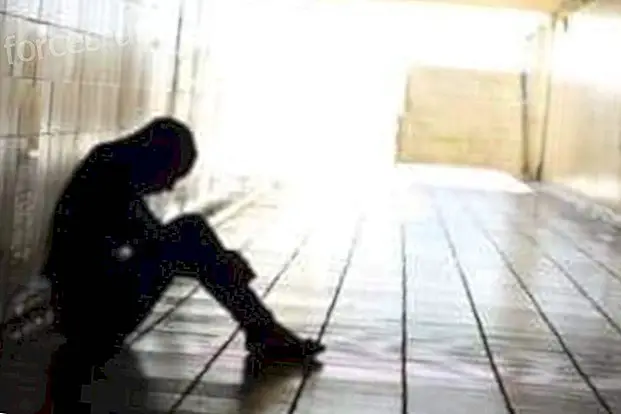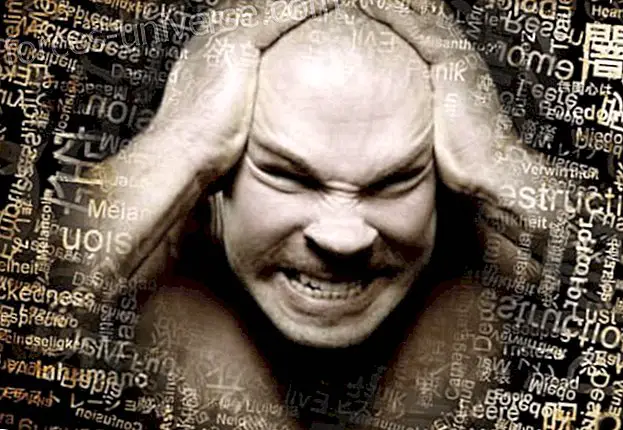
Relationship body, mind, emotions
Our repressed emotions result in the suppression of activity and, ultimately, in the chronic contraction of the muscles that could be used to express those emotions. Whether we repress positive or negative emotions: anger, fear, hate, joy, frustration, grief or others. As the most vulnerable areas in our body, I would mention the muscles and tissues that surround the neck and spine, the face and especially the jaw, stomach and intestines, the diaphragm as the main muscle of respiration and the pelvic area with its influence on the legs. All these areas of the body that produce sensations that arouse emotional excitement can have reduced blood supply due to muscle contractions. The mind and its subconscious part being in relation to these patterns of tension and contraction, will also give us a path for therapeutic treatment. Many patients who undergo the cranio-sacral method and emotional release come for some specific pain or disorder. Others want to live life more fully and deepen their fears and tensions. With the first session, seeing the dysfunctions in the cranio-sacral rhythm, we can evaluate the system and know where we can start working in the body. As we go deeper into the following sessions, we can get to the core of the problem.
Stress: the plague of our time
We have a stress that is positive and that we would define as the effective capacity of the human being to respond to a stimulus. This type of stress is healthy and is called Eustress. It has to do on a physical level with the thrust and energy that stimulates us to improve ourselves. We all need a certain dose of stress, some challenges in life since apathy and routine can lead to other types of stress. The body and mind are made for use with activities that gratify us. But we have the negative and harmful stress that today is very common and is called Distres or what we normally call when we use the term stress. It occurs when the pressure we endure in life or in an event is excessive, lasts too long or we do not have enough resources to respond adequately. There are external factors that have shown that they can generate it: the rush, the excess of information that bombard us daily, the way of living more and more artificial, the demands and competitiveness of the working world, the lack of values of our society, the loss of contact with the earth and poor diet, etc. But the way we react and relate to our conflicts is also very important. Negative stress is democratic, it can be suffered by people of any age and social condition. And the same situation could be lived or not live threatening if the person is prepared internally and has resources.
As characteristics of negative stress:
- The perception of threat surpasses us.
- We lose the resilience described as the ability to recover and recover from a difficult situation.
- We do not have or are not aware of our resources.
- We become more vulnerable and make more mistakes.
- We respond inappropriately and disproportionately to challenges and situations.
- It produces imbalances at all levels and can even have consequences in the body.
The requirements and challenges that humans have today are immense and different from a few years ago. The balance has been broken, we have become more mental and less physical. And this affects and will affect our nervous system more and more in the coming years. The natural balance between the two branches of the autonomic, sympathetic and parasympathetic nervous system (action and brake) is unbalanced. Nowadays it is a proven fact by the different studies that stress can be detonating or aggravating of different pathologies. We can consider it a plague of our time and it will affect a greater number of people. Unfortunately, it is after a heart attack or a couple crisis when some change their life habits; or after studying the economic cost caused by absenteeism when organizations worry about studying what is happening. And behind all society is interested in what you consume, regardless of your happiness.
Cranio-sacral therapy and the "energy knots" theory
The relationship between body and mind is already accepted, even by orthodox medicine. I would even say the intimate relationship between body, mind, emotions and spirit. In the field of psycho-neuro-immunology, the connections between negative psychological states and their influence on the immune response have been discovered. In our body you can read our mental and emotional state. Our emotional states, whether stress, excitement, repression, etc., will be reflected in characteristic muscle patterns and postures. Even the physical and emotional traumas of the past are reflected in our tissues, what we call "energy knots."
The "energy knots" (energy cyst), originally coined by American cranio-sacral therapy, are areas of body dysfunction that manifests as an obstruction to the efficient conduction of energy and electricity through the tissues of the body (mainly fascia ). Normal body function has been inhibited in that area and the body must adapt to that disorganized activity. It can be the result of: physical trauma, pathogenic invasion, physiological dysfunction, mental and emotional problems. Taking as an example a physical trauma, an accident, the body has two ways of responding to the physical force of injury: it immediately begins to dissipate this force and the natural healing process continues, or the physical force imposed on the body is retained in instead of dissipating. If the energy cannot dissipate as heat, the body locates and concentrates the energy, encapsulating or isolating it as a knot of energy. The body adapts to the presence of the knot, compromising the normal process of operation, fascial mobility is hindered, the normal electrical conductivity of the wrapped tissues is reduced, the flow of energy around the acupuncture meridians is reduced. All this weakens the body's energy creating tension and dysfunction.
There are three important factors to determine if the body is able to dissipate traumatic energy:
- The amount of energy: if the impact is too large it can compromise the body's ability to dissipate it.
Previous injuries in the same body area:
- It becomes a more vulnerable area and can compromise the ability to dissipate energy.
- Certain negative emotional states: such as anger, or fear paralyze the body's ability to dissipate energy. If these negative states are dominant at the time of the accident or injury, the body will probably retain the strength of the injury by developing an energy knot. Once the negative emotions have been discovered and revived with the support of the therapist, it will be easier to release the energy knot.
Different approaches to skull-sacral therapy
In order to understand the different approaches to skull-sacral therapy, which are all very valid, we need to distinguish between biomechanical and biodynamic approaches. In the biomechanical approach we tend to work with the most physical manifestations of the system. And we explore mostly by active examination of the movement, but also by passive perception.
In the biodynamic principle we come into contact with all the forces at play with a vision of the system that underlies all the work. The client's body physiology uses these principles to self-correct their own problems. Sutherland discovered, in the early 1900s, that the bones of the head had some mobility. For the next 50 years he dedicated his life and clinical work to demonstrate and find the implications that this mobility had for the human body.
In the last years of his life he presented his most advanced theories, presenting the concept of `` breath of life '' as the life force that in the Human system expresses the inherent principle of order and healing. It can be perceived as a subtle mobility or `` tide '', throughout the body, forming what I call `` primary respiratory mechanism. ''
Sutherland gave great importance to enable the same system to act therapeutically. As Rollin Becker said the therapist should repair less and more actively assist the healing process. As I usually say in my training seminars, therapists need to learn to cooperate with the client's system, his personal program and the vital need to return him to health. The approach to treatment should be following Sutherland's words: "Be aware of the deep balance and allow the internal physiological function of the body to manifest its unequivocal power, rather than applying blind forces from outside." In this listening space I approach the client with respect and acceptance.
Alberto Panizo
Osteopath, cranio-sacral therapist and writer
www.craneosacral-panizo.com
Source: http://www.naturalrevista.com/la-terapia-craneo-sacral-y-la-liberacion-emocional/
Cranio-sacral therapy and emotional release






